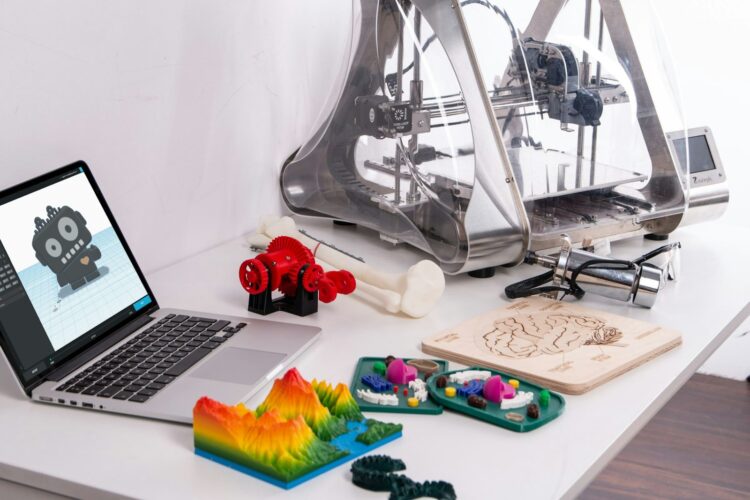Props and state are two essential concepts in React that allow components to have dynamic and interactive behavior. In this article, we’ll explore what props and state are, how they differ, and how they can be used in React applications.
Props
Props, short for “properties”, are a way of passing data from one component to another. Props are read-only, meaning that they cannot be changed by the component that receives them. Instead, props are passed down from parent components to child components, allowing the child components to display dynamic content based on the data passed down to them.
Here’s an example of how props can be used in a React component:
jsx
function Greeting(props) {
return <h1>Hello, {props.name}!</h1>;
}
function App() {
return (
<div>
<Greeting name="John" />
<Greeting name="Jane" />
</div>
);
}
ReactDOM.render(<App />, document.getElementById('root'));
In this example, the Greeting component takes a name prop and displays a personalized greeting. The App component then uses the Greeting component twice, passing in different names as props each time. When the App component is rendered, the Greeting component is rendered twice with different props, resulting in two personalized greetings being displayed in the UI.
State
State, on the other hand, is a way of managing data within a component. Unlike props, state is mutable and can be changed by the component that owns it. State allows components to have dynamic behavior, such as responding to user input or updating based on changes to other parts of the application.
Here’s an example of how state can be used in a React component:
jsx
class Counter extends React.Component {
constructor(props) {
super(props);
this.state = { count: 0 };
}
handleClick() {
this.setState({ count: this.state.count + 1 });
}
render() {
return (
<div>
<p>Count: {this.state.count}</p>
<button onClick={() => this.handleClick()}>Increment</button>
</div>
);
}
}
ReactDOM.render(<Counter />, document.getElementById('root'));
In this example, the Counter component uses state to keep track of a count variable. When the component is first rendered, the count is set to 0. When the user clicks the “Increment” button, the handleClick method is called, which updates the state by adding 1 to the current count. The render method then displays the updated count in the UI.
Conclusion
Props and state are two essential concepts in React that allow components to have dynamic and interactive behavior. Props are read-only and allow components to receive data from their parent components, while state is mutable and allows components to manage their own data. By using props and state effectively, you can build powerful and dynamic React applications that respond to user input and display dynamic content.












